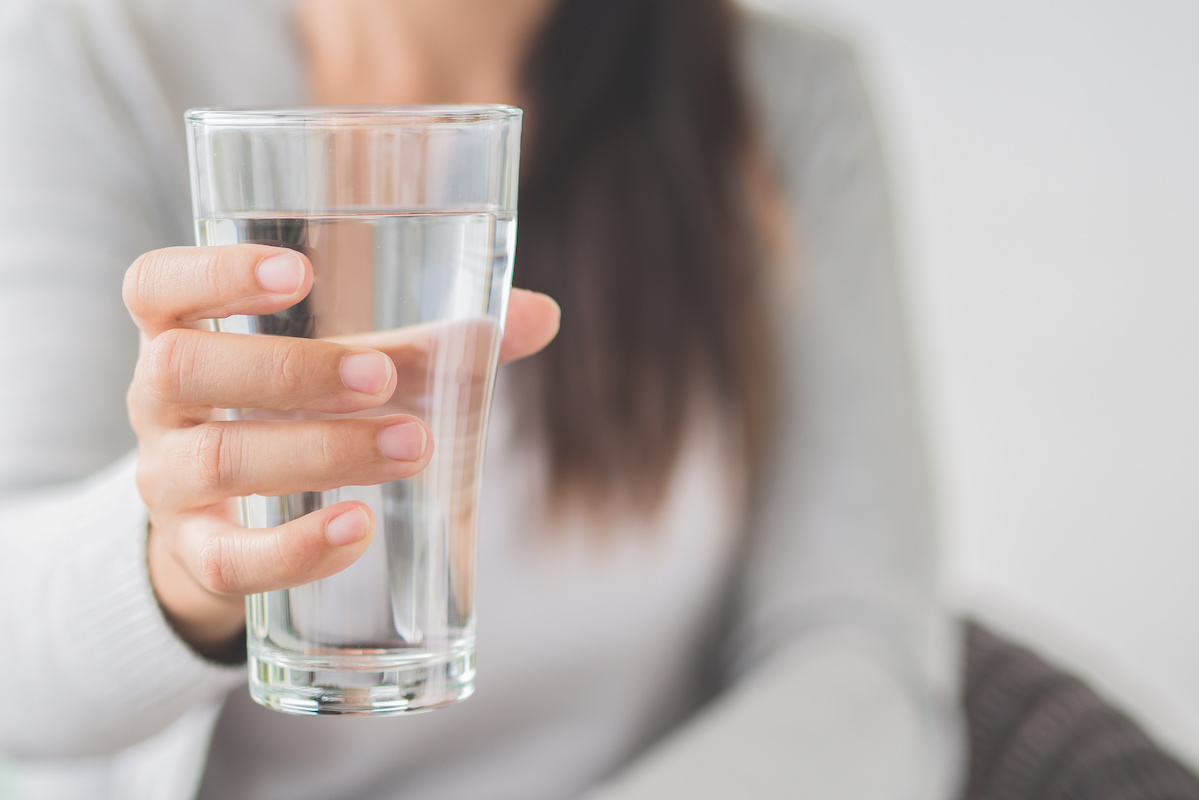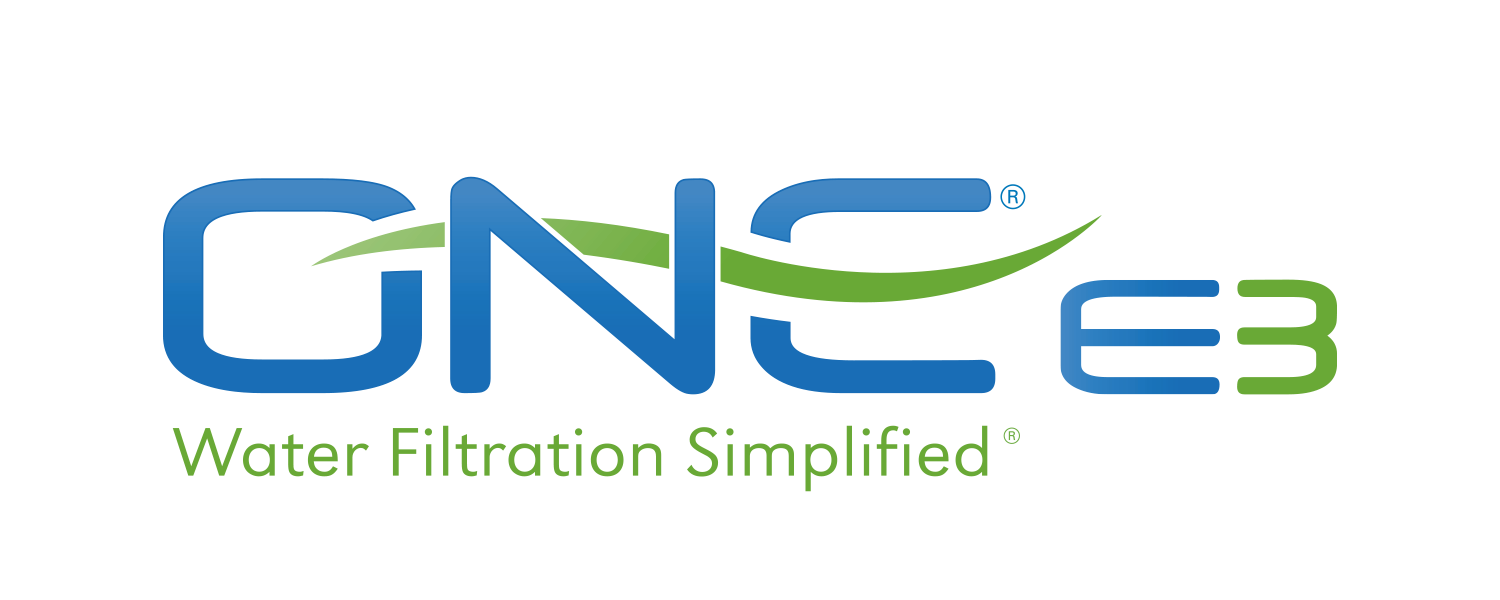The news about water contamination from PFAS (which stands for perfluoroalkyl and polyfluoroalkyl subtances) seems to be coming fast and furious these days. Colorado recently discovered high levels of the chemicals in its water; Michigan has been seeking out water contamination sites; and dozens of military bases have discovered water contamination as the result of using firefighting foams.
These stories (and numerous others) have raised a lot of concerns about PFAS contamination in drinking water, leading many people to ask questions about the chemicals and their impact on water systems. The Hartford Courant recently published an article addressing some of these questions. Here are seven key takeaways:
1. There are more than 4,700 different versions of the man-made chemical compounds that are categorized as PFAS—with the most commonly mentioned ones being PFOS and PFOA
2. PFAS were first made in the 1940s and have been used for decades in firefighting foams and in consumer products like stain-resistant carpets, non-stick cookware, microwave popcorn bags, and raincoats
3. There is currently no legally enforceable federal PFAS drinking water safety standard
4. The EPA has issued a “health advisory warning” stating that consuming water with 70 parts per trillion of two types of PFAS chemicals is unsafe
5. Many states have begun issuing their own stricter PFAS drinking water standards—such as Vermont (20 parts per trillion) and New Hampshire (12-18 parts per trillion)
6. The CDC issued a finding earlier this year that the safety point for PFAS in drinking water “may be as low as 10 parts per trillion”
7. More than 600 drinking water sites in 43 states have been identified as being polluted with PFAS chemicals



